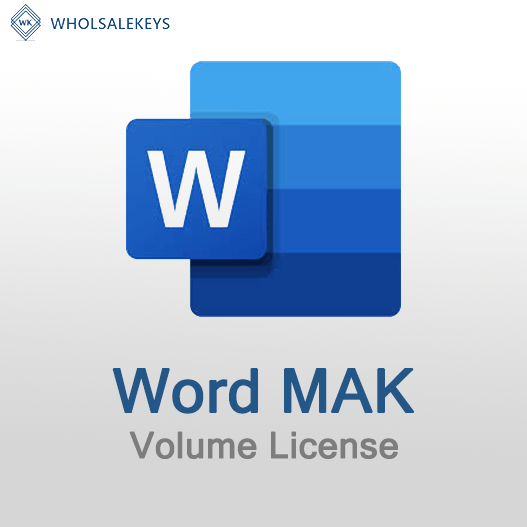Auditing Multiple Activation Key (MAK) usage is crucial for organizations to ensure compliance with licensing agreements and avoid potential risks. Let’s explore the best practices and effective methods for conducting an efficient and thorough MAK key usage audit.
Maintain Detailed Records
Create and maintain comprehensive records of all MAK keys used across your organization. Document their deployment, activation, and assignment to specific devices or users.
Centralized Key Management
Implement a centralized system or tool for managing MAK keys. This system should provide a clear overview of all deployed keys, their activation status, and the devices or users associated with each key.
Regular Inventory Checks
Perform periodic inventory checks to verify the actual usage of MAK keys against recorded deployments. Ensure that the number of deployed keys aligns with the number of authorized installations.
Track Activation Count
Monitor and track the activation count for each MAK key. This helps prevent exceeding the permitted number of activations allowed per key, avoiding compliance violations.
Utilize Activation Reports
Leverage activation reports provided by Microsoft’s Volume Licensing Service Center (VLSC) or similar platforms. These reports offer insights into key usage, activations, and remaining activations for each key.
Review and Revoke Unused Keys
Regularly review and identify unused or inactive MAK keys. Revoke these keys to prevent unauthorized activations and free up unused allocations for other deployments.
Establish Clear Policies
Develop and enforce clear policies regarding the use, deployment, and retirement of MAK keys within your organization. Ensure all personnel involved in key management are familiar with these policies.
Train Staff on Compliance
Provide training to IT staff and relevant personnel on licensing compliance, emphasizing the importance of adhering to MAK key usage policies and procedures.
Conduct Periodic Audits
Perform regular audits to assess MAK key usage compliance. These audits should verify adherence to policies, identify any irregularities, and address potential issues promptly.
Document Audit Findings
Document the findings of each audit, including discrepancies, corrective actions taken, and recommendations for process improvement.
Maintaining compliance with MAK key usage is essential to avoid legal ramifications and ensure the integrity of software licensing within your organization. Implementing these best practices for auditing MAK key usage helps establish robust control mechanisms, ensuring proper management and accountability.
Recent posts

Common Misconceptions About MAK Licensing
Clarify misconceptions surrounding Multiple Activation Key (MAK) licensing with expert insights and accurate information.

Tips for Smooth MAK Activation in Remote Locations
Learn how to ensure hassle-free Multiple Activation Key (MAK) activation in remote locations with these essential tips.

Dealing with Invalid MAK Keys and Activation Failures
Learn how to troubleshoot and resolve issues with invalid Multiple Activation Key (MAK) keys and activation failures in Windows.











